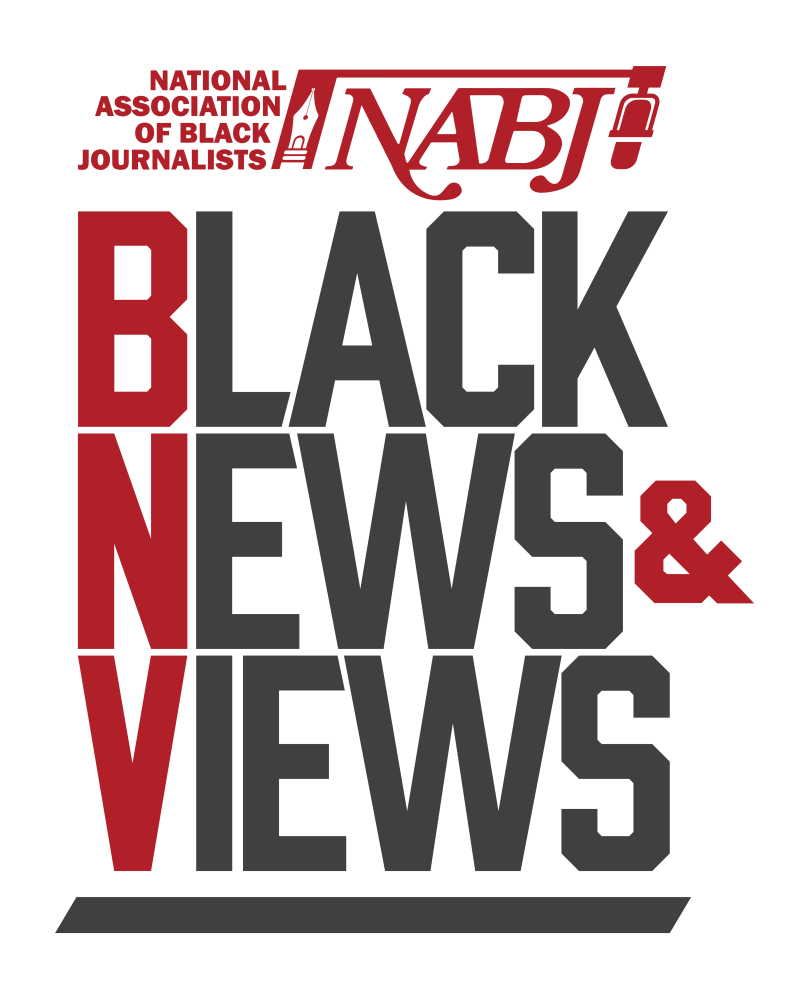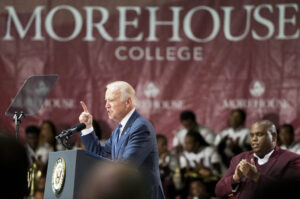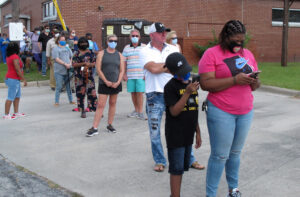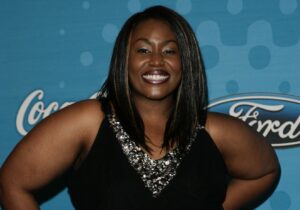I did not lose a loved one or a dear friend on 9/11. But like many others, I still recall very clearly what I was doing that fateful and tragic day.
I was driving down Broad Street to work in the Newsroom at The Philadelphia Inquirer which was located at Broad and Vine when the radio station interrupted the music for a story about a plane crashing into one of the Twin Towers in New York City. And a few minutes later, there was another one.
“What? What is going on? I thought. Why aren’t we (the U.S.) doing something to stop this? How could this happen?”
But my thoughts then quickly turned to how our Newsroom could get the story out on the News stands that day? Newspapers had already been delivered by 6 a.m. so that meant we had to produce an Extra, something that did not happen very often.
By then I knew I had to get the Newsroom going, I was still about 15 minutes away from the office. I always drove straight down Broad Street from my home in Elkins Park and traffic was moving slower than usual.
I was the Associate Managing Editor for Operations for the Newsroom. And I knew we would want to produce an Extra (a special edition with news that was not planned but produced on an intense deadline). It is the only Extra I remember overseeing in my nearly 30-year career at The Philadelphia Inquirer.
We did have a website. But the focus 20 years ago was more on the print edition of the newspaper rather than the website. Once the editors had decided what story and photos to post, then the website editor would make that work.
I started calling the printing plant to see if they could do it and how many pages could I remake in the A section. Another call to Circulation. What is the latest deadline to reprint the newspaper and get it out to major outlets where it would be sold? The Extra would not be delivered to homes. And a call to my colleagues in Advertising. What ads can we pull from the first few pages to make room for stories about the tragedy that was still unfolding? I also needed Marketing to let the public know that The Inquirer was producing an Extra that would be available in a few hours.
And then I needed editors from the Photo department, the News desk and Copy desk to come in and put it all together as quickly as possible. Most of the editors on those desks had just gone home a few hours earlier because the last deadline was 2 a.m. They weren’t scheduled to come back into the newsroom until 3 p.m.
By now, I had arrived at the building.
Our 10 a.m. news meeting was focused on the Extra and what stories would develop from there for the next day’s paper. Adrenaline was pumping in everyone.
This was a story none of the called-in editors wanted to miss. On the surface, that may sound crass or unfeeling. But it was not. It was feeling the responsibility to our readers that it was critical to get the story out to as many people as quickly and accurately as possible.
While I was focusing on getting all the departments of the newspaper working together to produce the Extra, other editors were working with reporters to get them to the scenes of the crashes.
In between my phone calls with all of the departments, I had to check on my children. My son was a freshman at Morehouse College in Atlanta so I knew he was safe. But I still needed to hear his voice.
And my daughter was a freshman at Episcopal Academy. I had one of my friends pick her up and take her home with her laughter. She stayed at their home for the rest of the day. I also had to know she was safe.
Hearing their voices was reassuring and allowed me to focus on what needed to be done in the Newsroom.
Because Philadelphia is about 100 miles from New York City, there were people who commuted from the city and the northern suburbs each day. And a number of them worked in the Twin Towers.
Other reporters and photographers were sent to the field in Shanksville, PA where United Flight 93 went down. Stories would later emerge about how brave people on that flight fought with the terrorists to bring it down rather than allow the flight to continue on to Washington.
And we had staff in Washington, D.C. who headed to the Pentagon to cover the tragedy there.
Reporters and photographers had to find alternative ways into the New York because the tunnels were closed. Trains and planes stopped running. But they did it.
And the stories started coming in.
I do not recall what originally was on the front page. But I do remember the photo that was selected. It showed the aftermath of the Tower collapsing in New York City. All the dust and ash rising into the air.
We had to close out the production around noon. And the reporters, photographers and editors used every second to get it done. That would give the printing plant time to run 20,000 Extra copies and Circulation to get it on the street by 1 p.m. Our readers could pick it up at lunch time as well as on their way home from work.
I remember going over to the News desk and saying we only had a few minutes left. And the printing plant was calling me to say you have to make this deadline or it all falls apart.
We made it. A job well done. While none of us were first responders or saving lives, we got the stories out that explained what happened to change our world.







